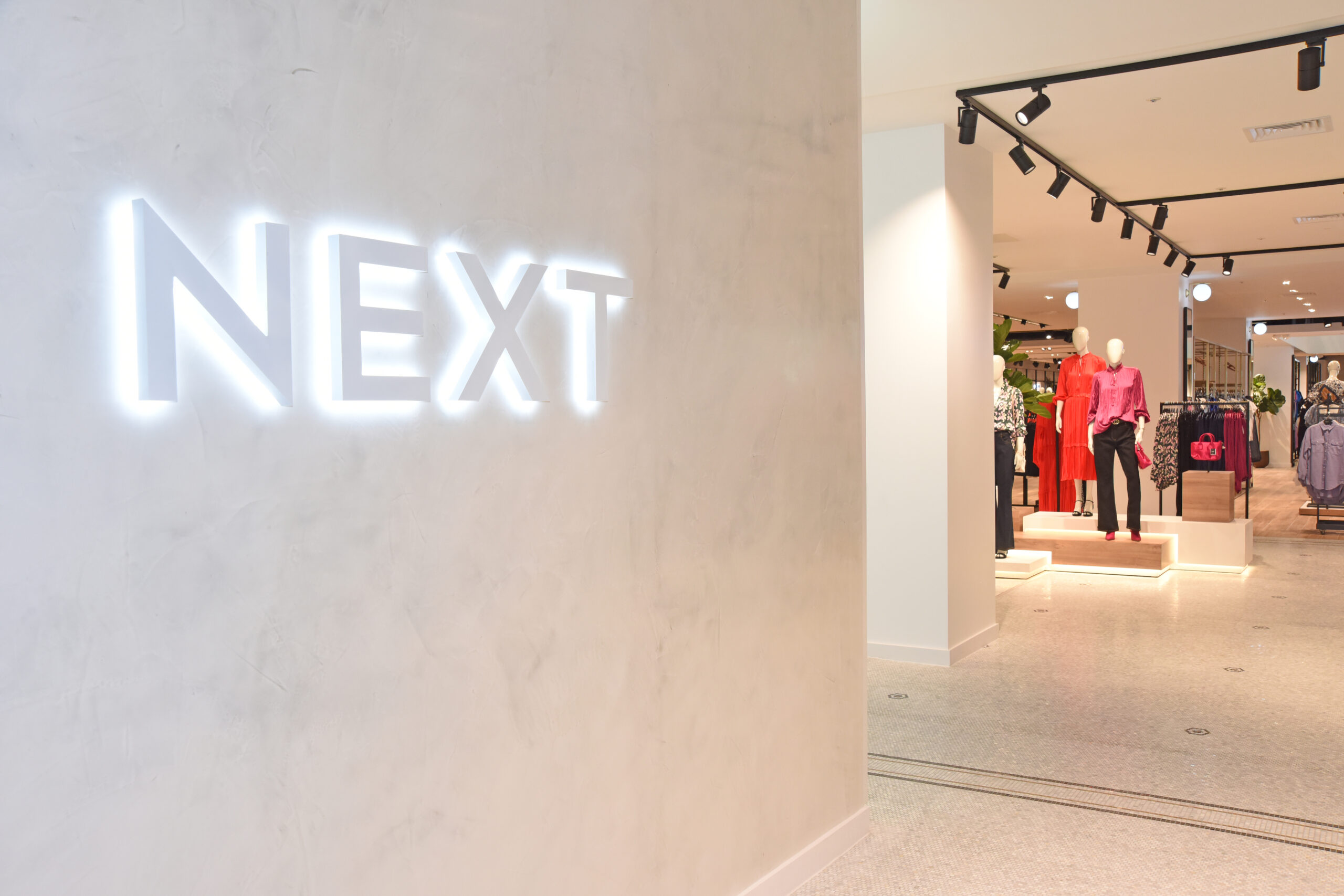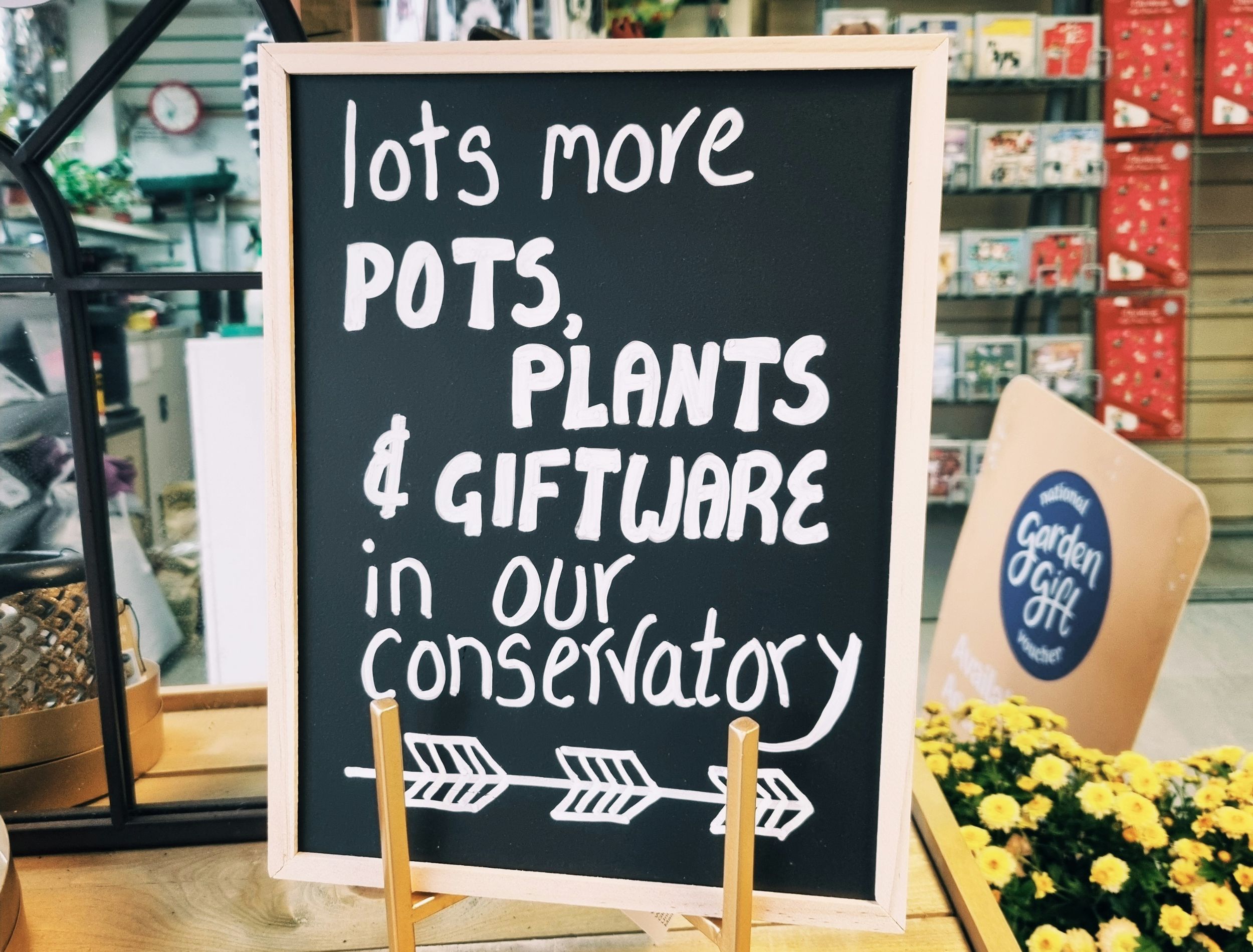Tesco today showed how it shifted its UK business online fast during the Covid-19 lockdown as demand for home delivery soared. Ecommerce grew from 9% of total UK sales to 16% over the course of the first quarter of its financial year. The UK’s largest supermarket, which hired 47,000 temporary staff during the lockdown, also estimates it will spend about £840m on adjusting to Covid-secure shopping over the course of the full year.
Tesco, a Leading retailer in RXUK Top500 research, saw online sales grow by 48.5% over the the three months of the quarter, compared to the same time last year, with demand growing by about 100% by the end of May. It has responded by doubling its online capacity. Now it has more than 1.3m delivery slots available, up from 600,000 previously. Across the quarter, it delivered 12.6m orders to customer including a priority list of 590,000 vulnerable people. At the same time, the retailer stepped up the availability of click and collect, which now represents about a quarter of online orders. Overall, online now accounts for 16% of total its UK sales, from 9% previously.
The supermarket had previously been looking to a medium-term target of doubling online through a network of at least 25 urban fulfilment centres (UFCs). Building work on the first of those centres, at its West Bromwich Extra store, was paused in March, but was then completed in June, and will deliver its first customer order next month. That rollout will continue in response to “the accelerated shift in customer demand”.
The price of adapting to Covid-19 has been a high one. Providing personal protective equipment (PPE) and other safety-related items to its 3,628 shops cost £65m alone, while other measures included hiring 47,000 temporary staff and giving 12 weeks paid leave to 26,000 vulnerable members of staff. Tesco currently estimates that full-year Covid-19 costs will come to £840m.
Tesco chief executive Dave Lewis said he was proud of staff who had gone above and beyond for the business. “Their selfless efforts, combined with our embedded strategic advantages in stores and online have helped to ensure that everyone can get the food they need in a safe environment.
“In just five weeks, we doubled our online capacity to help support our most vulnerable customers and transformed our stores with extensive social distancing measures so that everyone who was able to shop in store could do so safely.
“The costs of doing this have been significant and only partly offset by business rates relief and increased volume. We see the balance as an investment in supporting our customers at a time when they need it most.”
Meanwhile, Tesco’s wholesale Booker business saw demand from retail customers grow by 24% while sales to catering customers fell by 32%. Overall, sales of £1.6bn were up by 6.1% in total, or 0.6% on a like-for-like basis that strips out the effect of store openings and closures. Tesco was able to use surplus capacity from Booker as it provided more than 100,000 extra click and collect slots, and supplied nearly 18,000 deliveries to more than 1,000 care homes.
First quarter figures
The update came as Tesco reported group sales of £13.4m in the 13 weeks to May 30. That’s up by 8% on the same time last year, and by 7.9% on a like-for-like basis that strips out store openings and closures.
UK sales of £9.9m were up by 9.1% in total, and 8.7% LFL, with online sales up by 48.5% on the same time last year across the quarter, including growth of 90% in May, peaking at 100% at the end of the month. Online sales also increased in the Republic of Ireland (+50.9%) and Central Europe (+106.3%) as, across the group, capacity increased to 1.3m delivery slots a week from 600,000.
The retailer saw fast growth in its smaller convenience stores, many located in residential areas. Sales at Tesco Express and One Stop stores rose by 9.9% in the UK. Sales grew by 5.4% at its 896 large shops as shoppers looking to buy less frequently bought more on each visit.
Food sales grew by 12% in the quarter, but sales of more discretionary categories, such as clothing, fell by about 20%. The pattern of general merchandise buying changed over the quarter, as shoppers added toys, home, stationery and electricals to their weekly shops. However, fuel sales, not included in the headline sales performance, halved.
The retailer also said that the impact of Clubcard Plus on buying behaviour was running at three times expectations before coronavirus hit. It found customers bought less often but spend more when they did so, as this increased the value of Clubcard Plus savings. The retailer is also price matching 500 Tesco and branded products against Aldi and says that it has won customers from Aldi as a result.
Beyond the UK, sales in Tesco’s Republic of Ireland business reached £697m and grew by 19.7% in total, or 20.5% LFL. In central Europe, excluding Poland, sales of £968m were up by 3.3% in total and 3.9% LFL.
The retailer is already underway with plans to sell its Polish, Thai and Malaysian businesses, whose figures were not included in the update. It warned that Tesco Bank was now expecting to report a loss of between £175m and £200 in the current 2020/21 financial year following a 26.5% fall in sales as activity reduced and its travel money business closed temporarily. But the group expects that its like-for-like operating profit from retail will be similar to last year.








